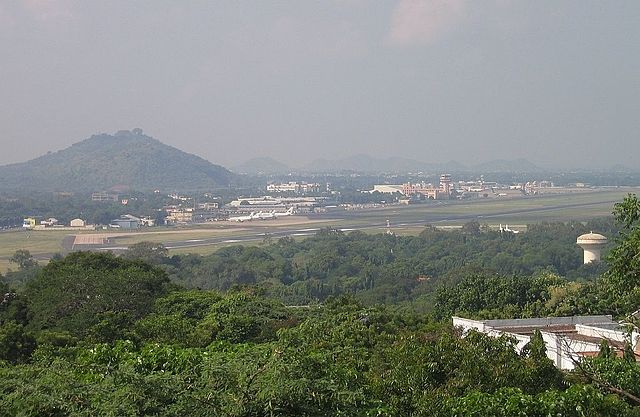 Cargo volumes for airlines were still sluggish in March 2016, but a few areas bucked the trend, offering “some hope of a change for the better in a few of the world’s air cargo markets,” according to the latest analysis from market research purveyor WorldACD.
Cargo volumes for airlines were still sluggish in March 2016, but a few areas bucked the trend, offering “some hope of a change for the better in a few of the world’s air cargo markets,” according to the latest analysis from market research purveyor WorldACD.
These bright spots were the Asia-Pacific to Europe and the Middle East & South Asia (MESA) trade lanes, as they registered growth despite global volumes dropping by 0.9% in March year-on-year.
The Asia-Pacific-to-Europe loop grew 19%, while MESA traffic went up 12%. Volumes from MESA to Europe were up by 9%. Europe and MESA were the regions performing best in incoming traffic growth.
Year-on-year yields worldwide dropped by 18% in March, but held up better month-on-month with a 1.9% decline from February 2016. Africa and Asia-Pacific did slightly better than average, although the month-over-month yield change in these two origins was negative as well.
Meanwhile, comparing the first quarter of 2016 to the same period last year, WorldACD said international volumes dropped by 1.3%, and yield by 17%. However, it pointed out that the comparison suffers because of the unusually strong air cargo trade across the Pacific in the first quarter of 2015 owing to the labor unrest at U.S. West Coast ports.
Thus, excluding the flows between Asia Pacific and North America, the worldwide picture for the first quarter of this year is quite different, noted the report: Worldwide volumes actually increased by 1.4% year-on-year, while the yield drop was limited to 13.6%.
On the outbound flows from Asia-Pacific alone, volumes were down by 3.9% with yield decreasing by 23.8%. Taking out the flow to North America, however, these figures change considerably, to a volume increase of 1.5% and a yield drop of 16.6%.
As for China, despite the much reported slump in business from the country, it once again confirmed its status as air cargo’s main growth engine, said the report. Year-on-year volume in the first quarter was up by 6% in total, and by a remarkable 18% in the China-Western Europe trade.
However, this growth came at the price of a heavy drop in yields: Q1 revenues between China and Western Europe dropped by 12% year-on-year due to a yield decrease of over 25%.
The two product categories that have propped up airlines’ cargo performance for quite a while, i.e. perishables and pharmaceuticals, continued to do so in the first three months of the year. Perishable volumes increased by over 6% and pharmaceuticals by just under 10%.
AAPA: market still soft
On the other hand, the Association of Asia Pacific Airlines (AAPA) is less optimistic with its outlook. It described the air cargo market conditions for Asian airlines as persistently soft in March, as volumes they carried registered a decline of 5.3% despite a pick-up in Chinese exports following the Lunar New Year factory closures.
Freight load factors for the region’s carriers remained under pressure, with the average international freight load factor registering a 5.2 percentage point decline to 62.9%, after accounting for a 2.6% expansion in offered freight capacity, said AAPA.
Commenting on the results, Andrew Herdman, AAPA director general, said, “International air cargo demand remained soft, with volumes declining by 6.5% compared to the same period a year ago, reflecting the general slowdown in global trade.”
Photo: Alexander Sohre





